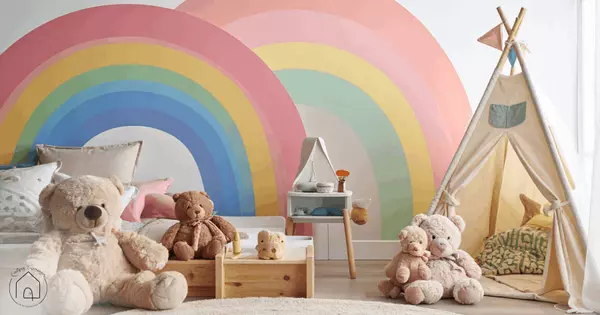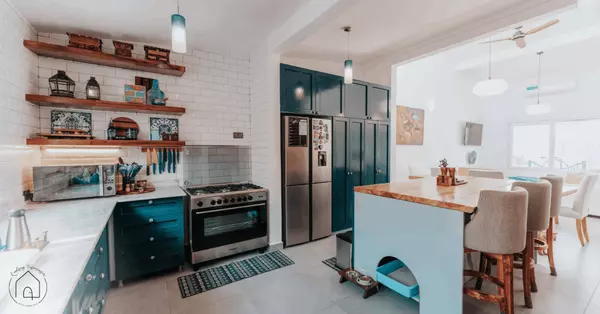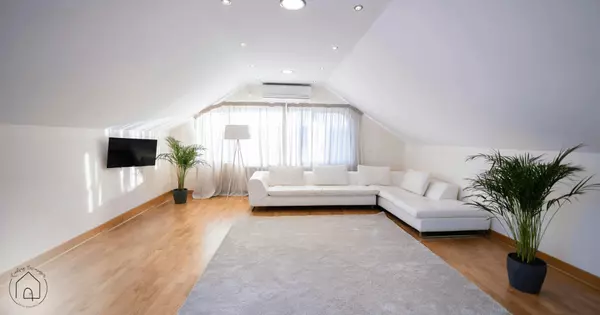Maintaining a functional and comfortable bathroom is a cornerstone of enjoyable home living. For homeowners, the ability to perform simple DIY repairs can not only save time and money but also instill a sense of accomplishment and independence. Here are some expanded insights and additional tips for tackling common bathroom problems yourself:
1. Stabilizing a Loose Toilet Seat
A loose toilet seat can be more than just an annoyance; it can pose a safety hazard. The solution doesn't always require a professional plumber or a complete seat replacement. Most hardware stores offer a toilet seat tightening kit, which usually includes all the tools and instructions needed to secure the seat firmly in place. This is a simple, cost-effective fix that can significantly improve your bathroom's functionality and safety.
2. Enhancing Shower Safety
Slippery shower floors can be dangerous, especially for households with elderly members or young children. Installing a shower chair can provide stability and comfort, ensuring a safer bathing experience for everyone. As a simpler alternative, a high-quality non-slip bath mat can significantly reduce the risk of slips and falls. These mats are designed to adhere firmly to the shower floor, providing a secure surface that can make showering safer for the whole family.
3. Unclogging Shower Heads
Over time, shower heads can become clogged with mineral deposits, resulting in reduced water pressure and an unsatisfying shower experience. Before considering a replacement, try a more natural and cost-effective approach. Detach the shower head and immerse it in a bowl of white vinegar overnight. The acidity of the vinegar works to dissolve the mineral buildup, allowing water to flow freely once again. This method avoids the need for harsh chemical cleaners, making it a safer choice for your home and the environment.
4. Addressing Slow Drains
A slow-draining sink or shower can be frustrating and may seem like a problem only a professional can solve. However, a simple tool called a Zip-It can work wonders. This inexpensive tool is specifically designed to fish out hair and soap scum that often clog bathroom drains. Regular use can prevent slow draining and keep the water flowing smoothly, potentially saving hundreds of dollars in professional plumbing services.
5. Fixing Leaking Water Valves
A leaking valve can lead to wasted water and increased bills, not to mention the annoyance of a constant dripping sound. Before calling in a plumber, try tightening the packing nut yourself. This is often enough to compress the washer inside and stop the leak. If the leak persists, you might consider replacing the washer—a simple and inexpensive fix. There are plenty of online tutorials and videos available to guide you through these steps, empowering you to handle minor repairs with confidence.
Additional Tip: Refreshing Caulk and Grout
Over time, the caulk and grout in your bathroom can become discolored and deteriorate, leading to water leaks and mold growth. Refreshing the caulk around your bathtub, shower, and sink is a straightforward DIY project that can significantly improve the appearance and hygiene of your bathroom. Removing the old caulk, cleaning the area thoroughly, and applying a fresh bead can seal out water and give your bathroom a clean, refreshed look. Similarly, cleaning or replacing grout can prevent water damage and improve the aesthetic appeal of your tiled areas.
Equipping yourself with the knowledge and tools to perform these basic bathroom fixes can enhance your home's functionality and prevent minor issues from escalating into costly repairs. By tackling problems like loose toilet seats, clogged shower heads, and leaky valves on your own, you not only save money but also gain a deeper understanding of your home's maintenance needs. Remember, the key to successful DIY repairs is to approach each task with patience and to not hesitate to seek professional help when a problem is beyond your comfort level or expertise.












